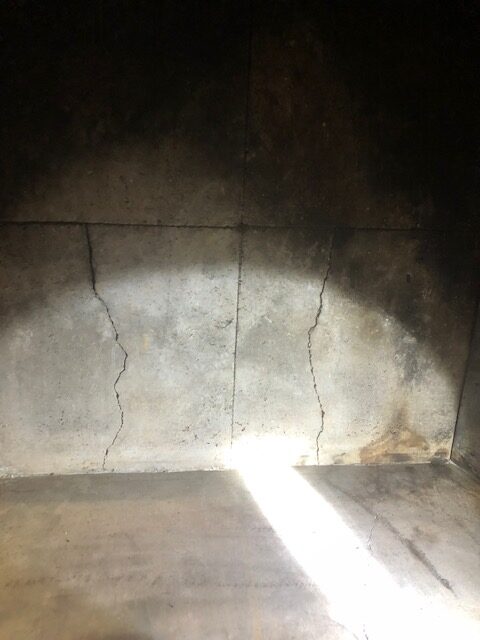The Dangers of Cracked Refractory Panels in Fireplaces and How to Avoid Them
The panels that form the firebox and chimney are known as refractory. The refractory is a highly specialized type of ceramic tile, which melts at a much lower temperature than other types of masonry.
Its ability to withstand this higher temperature makes it a good choice for use in high temperature environments, such as in furnaces and kilns. Refractories are often installed on fireplaces, though they can be used in any oven or hearth where temperatures are expected to reach 2000 degrees Fahrenheit or higher.
What Causes Cracks in Refractory Panels and How Can You Spot Them?
Cracks in refractory panels can be caused by a number of factors.
Extreme changes in temperature can cause settlements or cracks to form as the surface expands or shrinks and changes shape due to thermal expansion and contraction. This generally occurs in areas where moisture is present (such as near a wall).
These cracks typically form on either the inside or outside of the panel and are most visible on exterior panels that have been exposed to water for long periods of time.
The Dangers of Cracked Refractory Panels in the Home
Cracked refractory panels are a safety hazard because they allow dangerous gas and particles to escape into the home. It is important to have the refractory replaced before gas escapes. National Fire Protection Association
How to Prevent Cracks in Your Fireplace’s Refractory Panel
- 1) Keep a fire rake nearby.
- 2) Clean the panel regularly and remove smoke, soot, and creosote build-up with high heat.
- 3) If your fireplace has an ash removal system, be sure to remove all ashes from it after each use.
How to Fix Cracks in Your Fireplace’s Refractory Panels
What to Do if You Find a Crack in Your Fireplace’s Refractory Panel?
Use a sealant, such as a fireproof caulking, which is applied in a thin layer to the joints of any masonry walls and fireplaces. This will prevent areas where cracks are likely to develop or already have.



